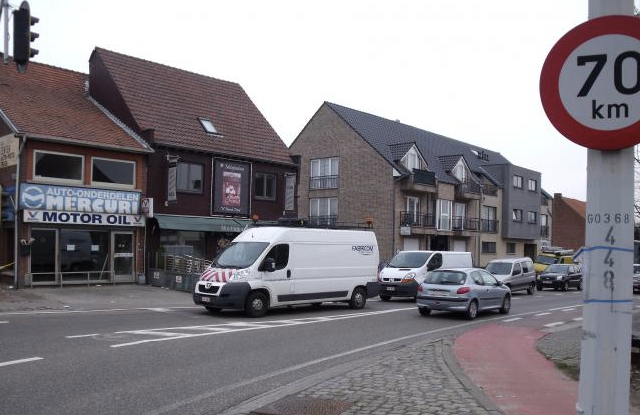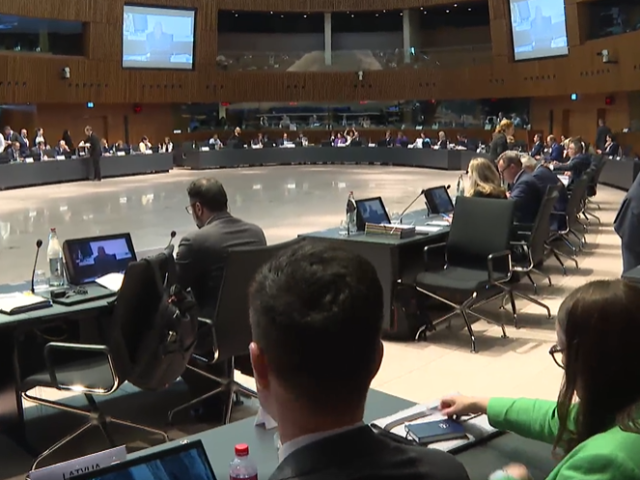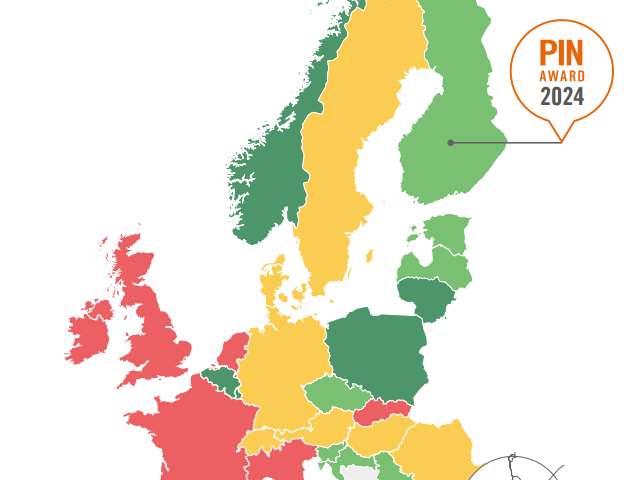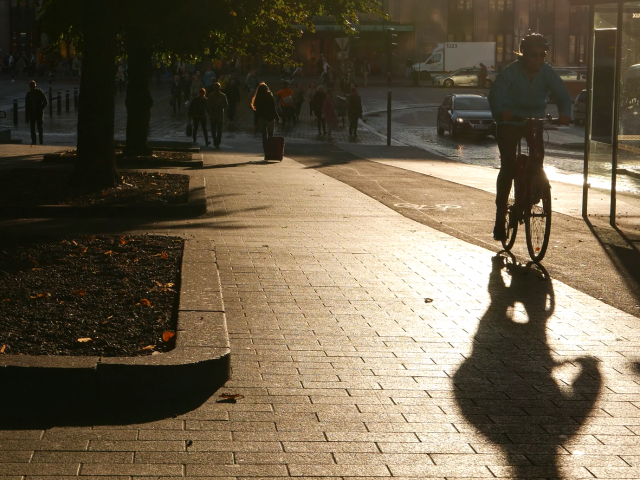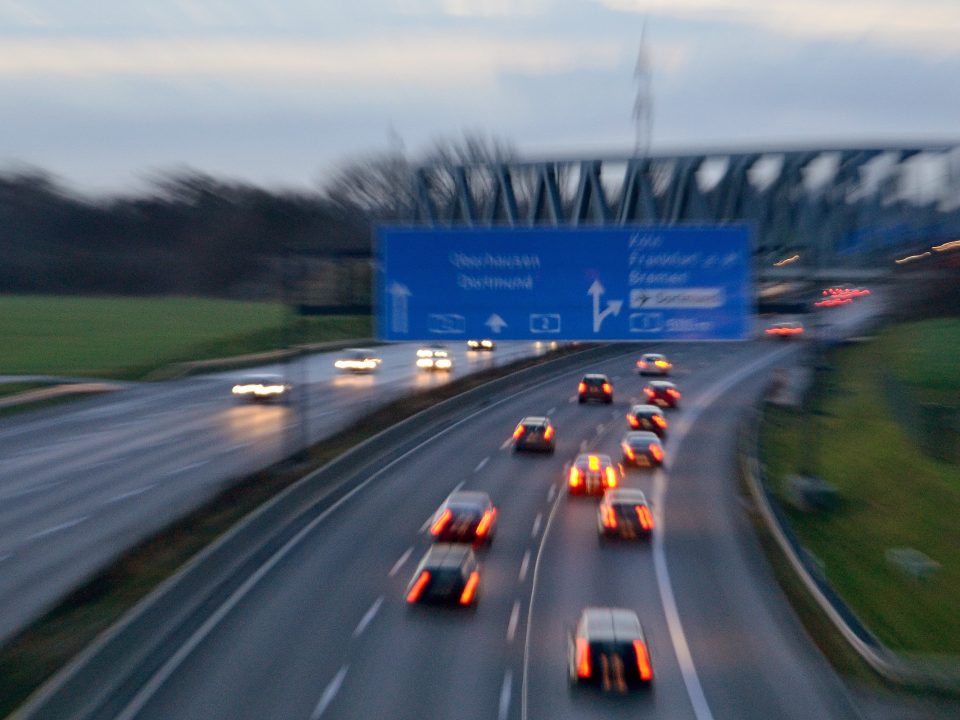
New rules on major EU roads should improve infrastructure safety
The European Commission has proposed new rules governing the Trans-European Transport (TEN-T) networks, which include the major roads and motorways that crisscross the continent. The major piece of legislation, which covers many aspects of rail, air, maritime and road transport in the EU, also touches on road safety in a number of areas.
One update is to ensure so-called TEN-T roads meet the standards for safety set out in the 2019 road infrastructure safety management directive. Specifically, the new regulations set a timeline for the ‘core network’ to be upgraded to separate carriageways for the two directions of traffic by 2040. The entire network should be completed by 2050. However low traffic density roads (less than 10,000 vehicles per day) may be exempted from the rules as long as ‘an appropriate level of safety’ is ensured. ETSC says that exception is too vaguely worded, and the minimum safety requirements for such roads should be defined in more detail.
The proposals also outline key objectives for division/separation of traffic, rest areas a maximum of 60 km apart, secure parking every 100 km and weight monitoring stations every 300 km to tackle dangerously overweight freight vehicles.
Another change is that 424 major cities that are located on major European road routes (and known in EU jargon as ‘urban nodes’) will be required to produce Sustainable Urban Mobility Plans (SUMPs) by 2025 – which should result in improved road safety provisions in those cities that don’t already have such plans in place. This action complements the ‘urban policy initiative’ that was announced in parallel.
One omission is any language on getting roads ready for automated systems in transport. ETSC had called for provisions on ensuring that road markings, signs and infrastructure take into account the specific needs of e.g. traffic sign recognition and automated lane keeping systems. But the proposals contain no direct mention of such technologies.



